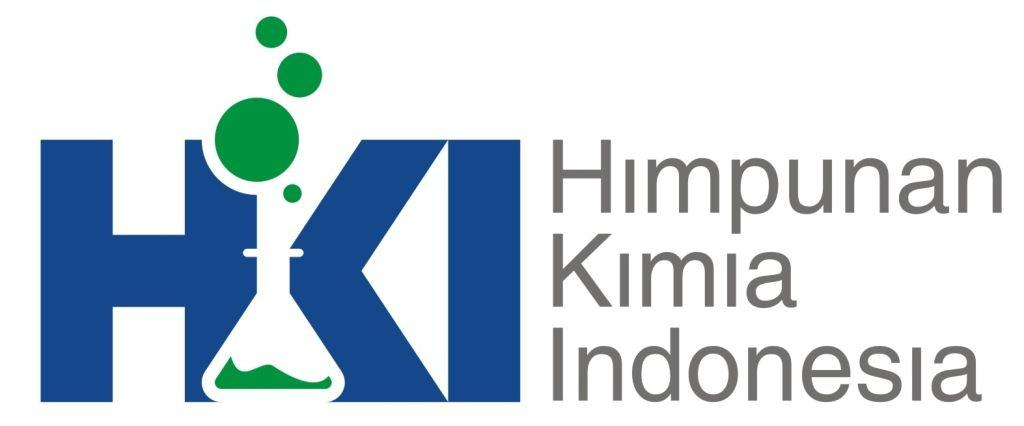Studi In Silico Senyawa Alkaloid Herba Bakung Putih (Crinum Asiaticum L.) pada Penghambatan Enzim Siklooksigenase (COX)
Abstract
Inflammation is a response to tissue injury involving the physiological process of cyclooxygenase enzyme activation which has two isoforms, cyclooxygenase-1 (COX-1) and cyclooxygenase-2 (COX-2) enzymes. The use of anti-inflammatory drugs of Non Steroidal Anti Inflammatory (AINS) and steroid groups has side effects in long-term use. The objective of this study was to find out eight active white herbic alkaloid compounds (Crinum asiaticum L.) to be used as anti-inflammatory by inhibiting COX-1 and COX-2 enzymes. Molecular docking method for the prediction of complex structures of proteins called ligand-protein docking using the PLANTS 1.2 software. where the lowest ChemPLP score which is free energy is the molecular tethering parameter. The herbaceous white herbaceae compound obtained the lowest CHEMPLP score of hippadine -83.3684 Kcal / mol and pratorimin -83.2661 Kcal / mol and aspirin comparator -67.3292 Kcal / mol and paracetamol -66.3535 Kcal / mol. Molecular docking in COX-2 shows lycobetaine -87.3991 Kcal / mol is lower than that of the celecoxib -85.3729 Kcal / mol comparator against the cyclooxygenase-2 receptor (COX-2). These results show that the white lycopene alkaloid compounds hyppadine, pratorimin and lycobetaine have better affinity and stability than the comparative compounds. The results of drug scans, hippadin, pratorimin and lycobetaine have the criteria for oral preparations. It can be concluded that herbaceous white herbaceae are predicted to have potential as anti-inflammatory compounds.
Keywords
DOI: 10.15408/jkv.v4i2.7686
Refbacks
- There are currently no refbacks.
Copyright (c) 2019 Rizky Arcinthya Rachmania, Hariyanti Hariyanti, Ririh Zikriah, Aditya Sultan

This work is licensed under a Creative Commons Attribution-ShareAlike 4.0 International License.

